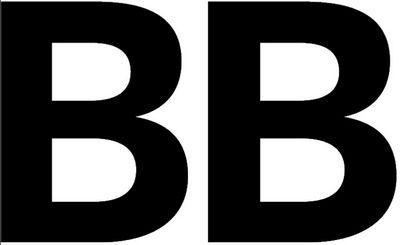On a busy Sunday at the grocery store, there are almost always long lines to check-out.
And invariably, I find myself trying to find the “best” one that will get me through the fastest.
I (and also probably most other people) take my attention straight to the lengths of the different lines. I find the one that seems to have the best combination of (1) few people and (2) relatively few items per cart, and I get in line.
But if you think about this situation logically, these two factors are only a part of the puzzle. And likely not even the most important ones.
When just looking at the queue, I neglect the speed at which people are moving through the checkout process.
The best cashiers can easily be 20-30% more efficient than a below average one. Throw in a dedicated bagger who acts like they want to be there, and the effect is further exaggerated.
So it’s not uncommon for the “best” line to be one that starts with a fairly long wait.
Obviously this applies well beyond the grocery store too. The application is similar in airports or fast food restaurants, but also for just about any task in which you have to rely on someone to get something done.
Sometimes the work speed means a lot more than the size of the queue.
-Brandon
